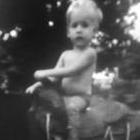
Top Christian Spiritual Resources
Started by
Zigzag Idiot,
83 posts in this topic
Create an account or sign in to comment
You need to be a member in order to leave a comment

Started by
Zigzag Idiot,
You need to be a member in order to leave a comment